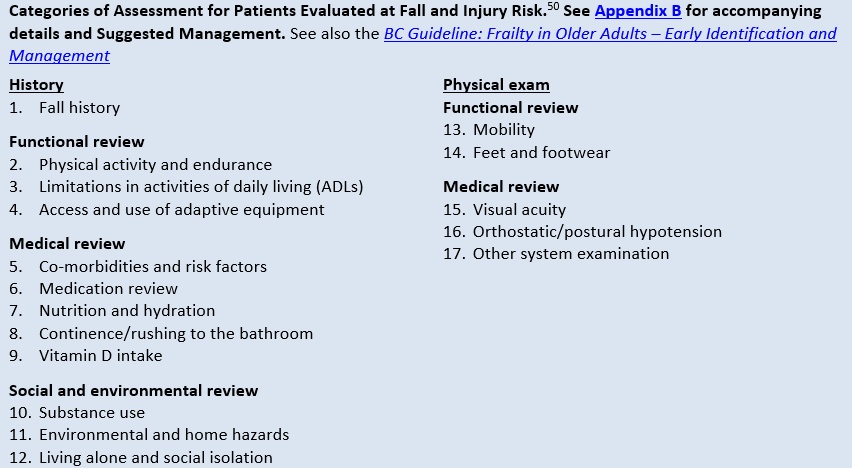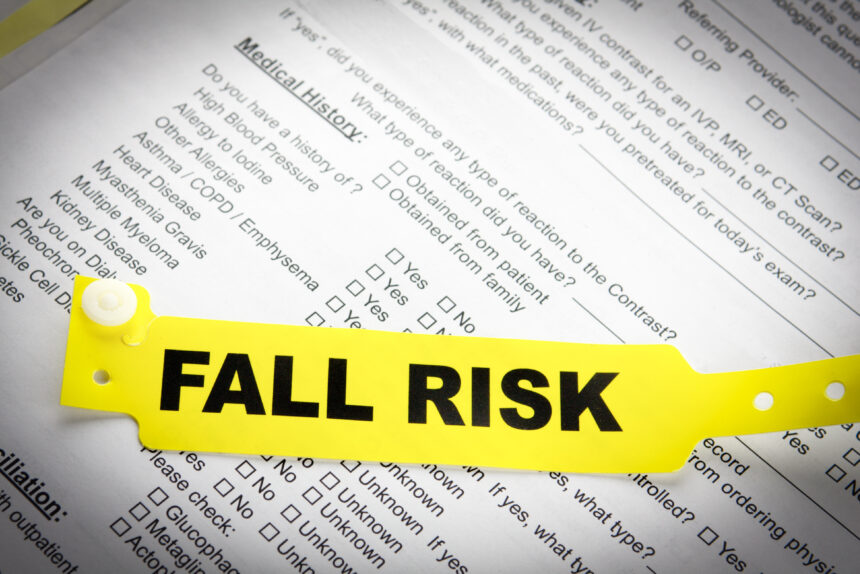Dementia Fall Risk for Beginners
The smart Trick of Dementia Fall Risk That Nobody is Talking About
Table of ContentsDementia Fall Risk Things To Know Before You Get ThisSee This Report on Dementia Fall RiskUnknown Facts About Dementia Fall RiskAn Unbiased View of Dementia Fall Risk
A fall risk evaluation checks to see exactly how most likely it is that you will certainly drop. The analysis usually includes: This includes a series of concerns regarding your total health and wellness and if you have actually had previous drops or problems with equilibrium, standing, and/or strolling.STEADI includes screening, analyzing, and intervention. Treatments are referrals that might lower your danger of dropping. STEADI consists of 3 steps: you for your risk of succumbing to your threat aspects that can be boosted to try to avoid drops (for instance, equilibrium troubles, impaired vision) to reduce your risk of dropping by utilizing reliable techniques (for instance, giving education and learning and sources), you may be asked a number of concerns consisting of: Have you fallen in the previous year? Do you really feel unstable when standing or walking? Are you fretted about falling?, your company will check your stamina, balance, and stride, utilizing the following loss analysis devices: This test checks your stride.
If it takes you 12 secs or more, it may suggest you are at higher risk for a fall. This test checks strength and balance.
Move one foot midway ahead, so the instep is touching the huge toe of your various other foot. Move one foot totally in front of the various other, so the toes are touching the heel of your other foot.
The Buzz on Dementia Fall Risk
Many drops happen as an outcome of multiple contributing aspects; therefore, handling the danger of dropping starts with recognizing the aspects that add to fall danger - Dementia Fall Risk. Several of one of the most pertinent danger elements consist of: History of prior fallsChronic clinical conditionsAcute illnessImpaired stride and balance, reduced extremity weaknessCognitive impairmentChanges in visionCertain risky drugs and polypharmacyEnvironmental aspects can also raise the threat for falls, including: Poor lightingUneven or harmed flooringWet or slippery floorsMissing or harmed handrails and order barsDamaged or improperly fitted tools, such as beds, mobility devices, or walkersImproper usage of assistive devicesInadequate guidance of the people staying in the NF, including those that display aggressive behaviorsA effective autumn danger monitoring program calls for a comprehensive scientific analysis, with input from all members of the interdisciplinary team

The treatment strategy should also consist of treatments that are system-based, such as those that advertise a secure environment (proper lights, hand rails, get bars, and so on). The effectiveness of the treatments should be assessed regularly, and the treatment plan changed as required to mirror changes in the autumn threat evaluation. Executing an autumn risk administration system making use of evidence-based best technique can minimize the prevalence of falls in the NF, while limiting the potential for fall-related injuries.
Dementia Fall Risk Fundamentals Explained
The AGS/BGS standard recommends screening all adults aged 65 years and older for fall risk every year. This testing includes asking patients whether they have actually fallen 2 or more times in the past year or looked for medical focus for a loss, or, if they have not fallen, whether they really feel unstable when walking.
People who have dropped once without injury should have their balance and gait examined; those with stride or equilibrium irregularities ought to receive additional assessment. A history of 1 fall without injury and without stride or equilibrium problems does not require more analysis beyond web ongoing annual loss risk screening. Dementia Fall Risk. A fall danger assessment is called for as component of the Welcome to Medicare exam

How Dementia Fall Risk can Save You Time, Stress, and Money.
Documenting a falls history is among the high quality indications for fall avoidance and administration. A crucial part of threat analysis is a medication review. Several courses of drugs increase loss threat (Table 2). Psychoactive medicines specifically are independent predictors of drops. These medications have a tendency to be sedating, alter the sensorium, and impair balance and stride.
Postural hypotension can frequently be alleviated by decreasing the dosage of blood pressurelowering drugs and/or quiting medicines that have orthostatic hypotension as a side effect. Usage of above-the-knee assistance pipe and copulating the head of the bed boosted might additionally minimize postural reductions in high blood pressure. The preferred aspects of a fall-focused physical exam are displayed in Box 1.

A TUG time better than or equal to 12 seconds recommends high fall risk. Being unable to stand up from over at this website a chair of knee height without making use of one's arms suggests boosted fall risk.